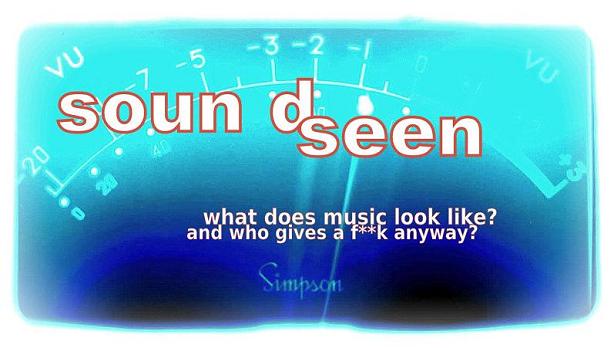
Once upon a time and not so long ago, there was
only one kind of bass in western music. It was called
"the double bass", although it also answers to string
bass, upright bass, bass fiddle, bass violin, doghouse
bass, contrabass, bass viol, stand-up bass or in Hungarian,
to nagy bőgő, which roughly translates as "big crier," .
Up until the 20th century, it had only three strings
which were usually made from "gut" aka the intestines
of sheep or goats.
Most players prefer steel strings these days, with the
exception of some rockabilly and bluegrass bassists who
maintain that gut gives them a better "slap" and "thump".
only one kind of bass in western music. It was called
"the double bass", although it also answers to string
bass, upright bass, bass fiddle, bass violin, doghouse
bass, contrabass, bass viol, stand-up bass or in Hungarian,
to nagy bőgő, which roughly translates as "big crier," .
Up until the 20th century, it had only three strings
which were usually made from "gut" aka the intestines
of sheep or goats.
Most players prefer steel strings these days, with the
exception of some rockabilly and bluegrass bassists who
maintain that gut gives them a better "slap" and "thump".
While it apparently presented certain possibilities
for onstage shenanigans, the rest of the time it
represented an enormous pain in the ass and lower
back as one dragged it around from gig to gig.
for onstage shenanigans, the rest of the time it
represented an enormous pain in the ass and lower
back as one dragged it around from gig to gig.
As both bands and audiences got louder, the acoustic
bass was falling behind in the decibel race and you
don't need to be George Martin to know that rock
and roll with no bass line is not rock and roll at all.
bass was falling behind in the decibel race and you
don't need to be George Martin to know that rock
and roll with no bass line is not rock and roll at all.
While Leo didn't invent the electric bass, in 1951
he did create one that would become the standard
against which all others would be - and often still are -
measured by and he also had a team that could market
the hell out of what he'd wrought... the Fender Precision.
he did create one that would become the standard
against which all others would be - and often still are -
measured by and he also had a team that could market
the hell out of what he'd wrought... the Fender Precision.

It was named "the Precision" because unlike its stand-up
acoustic cousin, it had frets along the neck that would
allow users to play with greater... you got it.
A double bass stands 6 feet tall and weighs
around 25 pounds (11 kilos).
The Fender Precision is 34 inches long and weighs
about 8.4 pounds (4.2 kilos).
Vive la difference!
The Fender Precision also sounded hella good.

For any old school hold outs not convinced by the list
of features in the ad above, one has to believe that
the image in the ad below would haunt them as
they packed out after every practice and every gig...

As always, others would see a new instrument market
opening up and in no time at all develop their own
versions of an electric bass.
Often, they would be based on an existing 6 string electric
guitar and over the years as new styles of guitar were
developed, there would often be a bass version.
opening up and in no time at all develop their own
versions of an electric bass.
Often, they would be based on an existing 6 string electric
guitar and over the years as new styles of guitar were
developed, there would often be a bass version.



As rock became the dominant form of popular music
in the sixties, envelopes of all kinds were pushed -
sometimes to places that maybe they shouldn't be...

Such extravagances are the exception rather
than the rule, thank god.
than the rule, thank god.
Ever in short supply, bassists tend to work more often
than many other instrumentalists and in all kinds of
musical situations... so in the main their tastes in
instrument design tend to be less "flamboyant"
than say... guitarists.
than many other instrumentalists and in all kinds of
musical situations... so in the main their tastes in
instrument design tend to be less "flamboyant"
than say... guitarists.


To no one's great surprise, the electric bass would make
no inroads among classical players.
In jazz, it would be the more contemporary players who
would pick it up first and these days many jazz bassists
can switch between stand-up and electric as required.
no inroads among classical players.
In jazz, it would be the more contemporary players who
would pick it up first and these days many jazz bassists
can switch between stand-up and electric as required.
But as time went by, the acoustic bass lost it's place
in rock. Eventually, even many in the old guard
would switch over...

To resist was to risk coming across as a relic, daddy-o,
especially when the guitar player has one of those
groovy new double-necks!
***
in rock. Eventually, even many in the old guard
would switch over...

To resist was to risk coming across as a relic, daddy-o,
especially when the guitar player has one of those
groovy new double-necks!
***
*




No comments:
Post a Comment